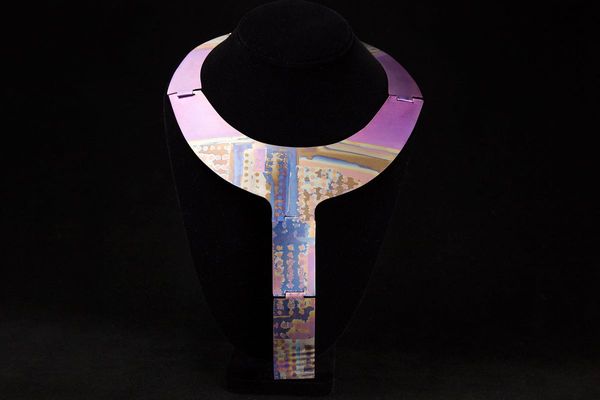
-
Josie, 10, asks: can cats see the same things as humans can?
No, cats have better vision in the dark but can’t see colours as well as humans can
No, cats can see exactly the same during the day and during the night
Yes, cats can see the same things humans can see
No, cats can see ghosts at night that humans can’t see
-
Joseph, 7, asks: how does sand get made?
From dust transported to beaches by the wind
In factories, by rolling millions of tiny balls of clay
When bits of rock and skeletons and shells break down – and when animals poo!
When people walk on rocky beaches and break down the rocks into sand
-
Esther, 7, asks: how many types of ants are there in the world?
Approximately 1,200
79
About 3m
More than 10,000
-
Charlie, 5, asks: how does blood travel through the body?
It flows freely through all of our organs
It travels through veins and arteries, pumped by the heart
It travels through veins and arteries, powered by bodily movement
It travels through veins and is pumped by the heart
-
Elodie, 7, asks: how long do orangutans live for?
12-17 years
23-30 years
30-40 years
55-65 years
Solutions
1:A - Cats can see much better in dim light than humans can as they have more “rod cells” in their eyes, which detect light. But they don’t see as many colours as we do. Vibrant colours look more like pastels to cats, and they have trouble distinguishing between green and red., 2:C - Sand can be made of different things, including rocks, bits of skeleton and shells that are broken down over time into tiny pieces. Sand can also be made when parrotfish poo! Parrotfish eat coral and poo out the rocky calcium carbonate they don’t digest. This can form entire beaches!, 3:D - There are more than 10,000 species of ants in the world. They live on every continent except Antarctica., 4:B - Blood travels through tubes in our bodies called veins and arteries. When our hearts beat, they pump blood away from them through arteries. The blood that is returned to the heart travels there in veins., 5:C - Orangutans in the wild have an average lifespan of 30-40 years. In captivity they can live longer, into their 50s. Did you know that the scientific name for an orangutan is Pongo?
Scores
-
5 and above.
-
4 and above.
-
3 and above.
-
2 and above.
-
0 and above.
-
1 and above.
Molly Oldfield hosts Everything Under the Sun, a weekly podcast answering children’s questions, out now as a book.
Does your child have a question? Submit one here







